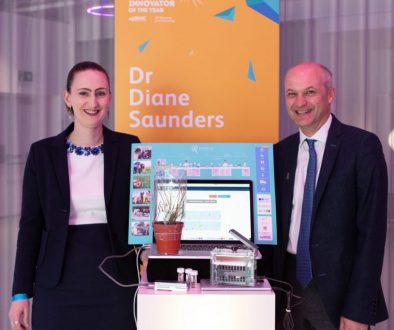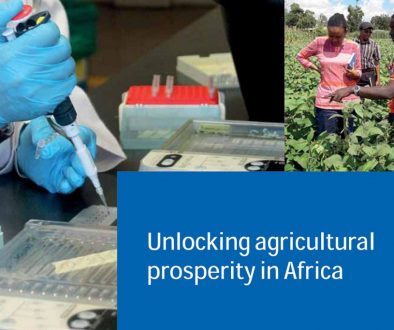Student Symposium Forms Interdisciplinary Networks
A great avenue for building a vibrant network of emerging scientists committed to advancing research collaboration
– Michèle Mbo’o-Tchouawou
The nature of the greatest challenges to humanity are not limited to single research fields and so if we are to effectively address the development goals, we must become truly interdisciplinary. While clear enough in notion, this is often tricky as Jodi Lilley points out, ‘we often don’t speak the same language’
The end of July saw the interdisciplinary Student Symposium established by Norwich Research Park based group, ssDNAfrica. The event itself brought together experts from gender, food, development, biology and plant sciences to share their work with early career researchers interested in forming cross disciplinary links.
Michèle Mbo’o-Tchouawou, Deputy Director from African Women in Agricultural Research and Development (AWARD), spoke on gender issues as cross cutting, both across research design or extension but also in the research workforce with women comprising only 28.7% of researchers worldwide. This situation of gender imbalance encourages a vicious circle of neglect of gender concerns resulting in poor intervention targeting, low adoption and ultimately low impact.
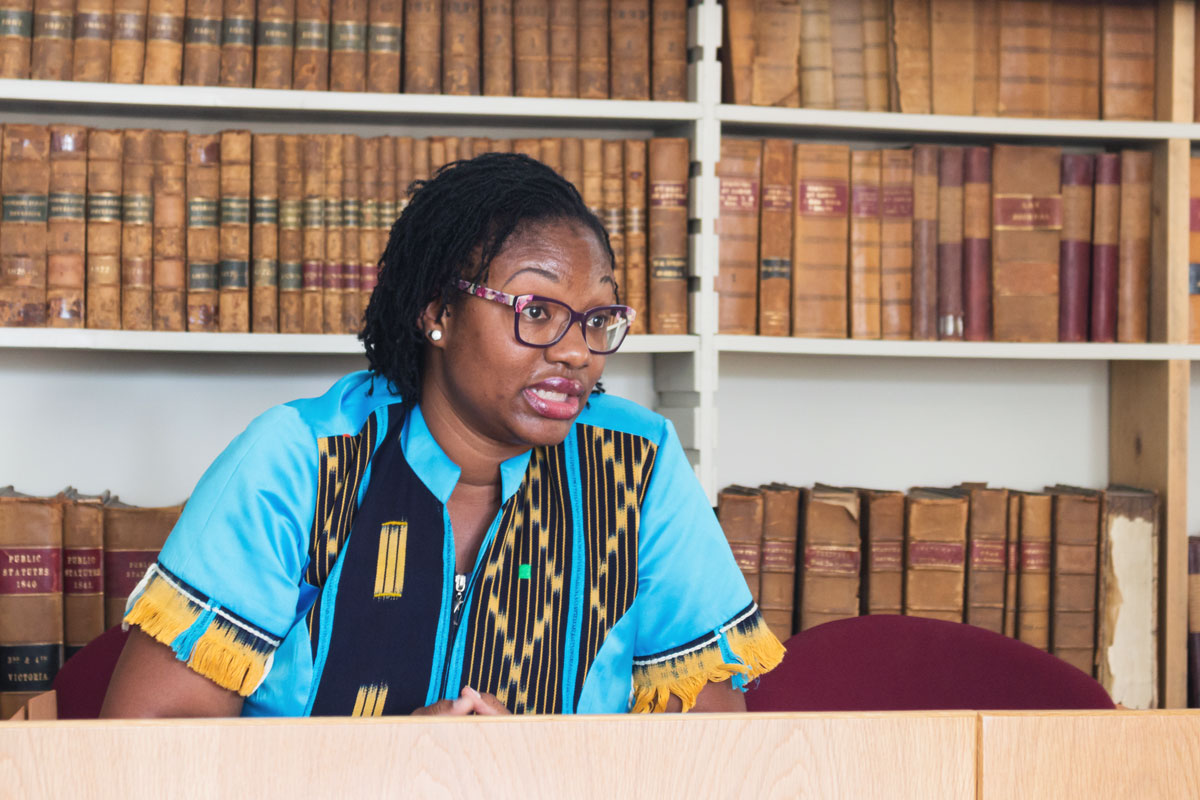
The majority of manual work carried out on smallholder farms is done so by women. It is thought that just giving these women access to the same resources as men could increase their agricultural productivity by 20-30%, reducing the number of hungry by 12%.
Michèle showed how the challenge is perhaps more one around framing of the conversation around gender in agricultural research. We need to ensure we are targeting the right people with the best evidence to produce results that can influence policy debate.
It is not just enough to say we are ‘empowering women,’ gender inequality is not just a problem for women – they are issues for all of us.
When addressing sustainable development goals, Michèle called for a move from a gender blind approach where gender was a stand alone issue, to gender sensitive approaches across development initiatives and policy frameworks. AWARD are currently doing this across the levels of individual, institutional and environmental and in so making a process for gender responsive research to become more systematic across development.
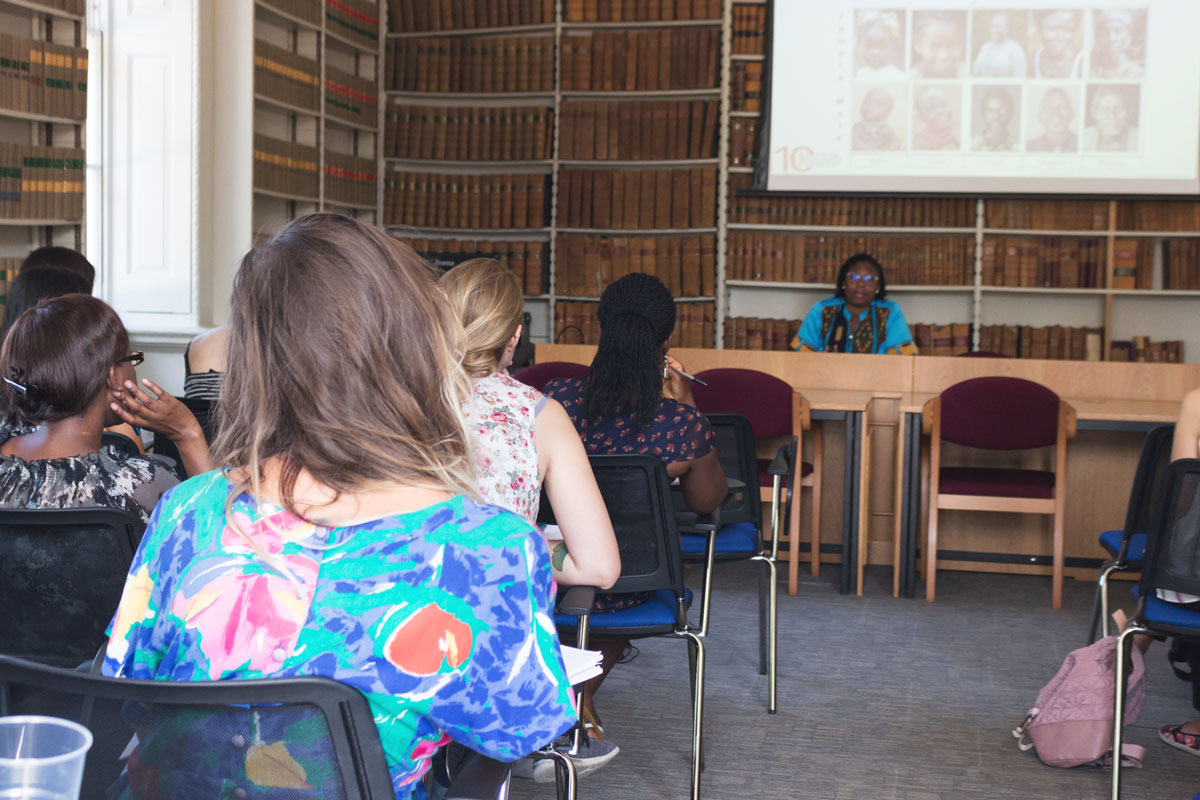
There is hope because many institutes are on the way to gender empowerment and realising the impacts this will have in the agricultural sector as reality in Africa.
“There is a lack of measurement,” Michèle pointed out, “that unless we address, we will not see the results we want”. It is vital we capture these metrics if we are to inform coordinated efforts to create the enabling environment AWARD champions.
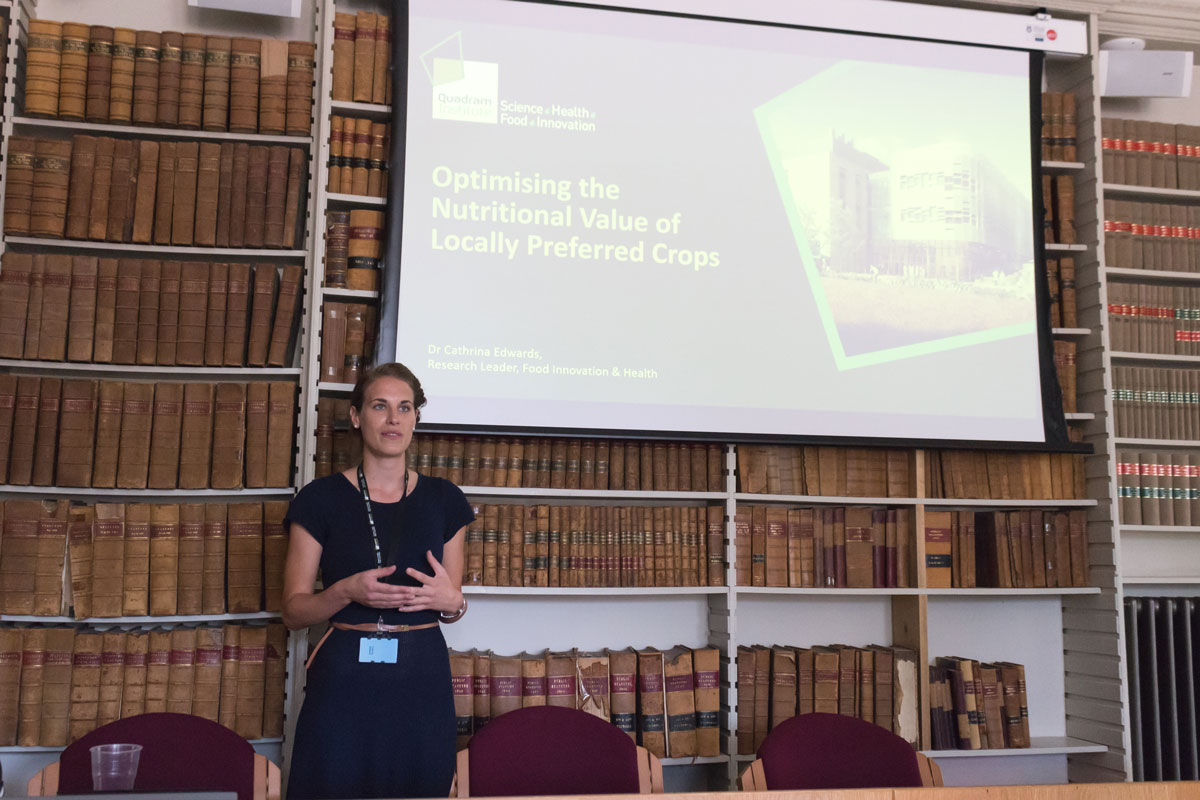
Cathrina Edwards of the Quadram Instiute of Biosciences followed Michèle with an introduction into the recent nutritional work taking place at the new 75 million pound Quadram Institute. The build heralds a new chapter in Quadram’s work around gut bacteria, food innovation and human wellbeing.
The symposium was a great step towards improving links between UEA from researchers from different disciplines.
– Cathrina Edwards
Food security of populations is a balancing act. In many part of the world, access to food is limited leading to malnutrition while in other areas, food systems are driving obesity, leading to chronic ill health and a dramatic rise in non-communicable diseases.
In the UK, the average person is overweight; Cathrina explained how although popular diets are abundant, very few are actually based on scientific evidence and we simply do not many of the mechanisms behind food and health.
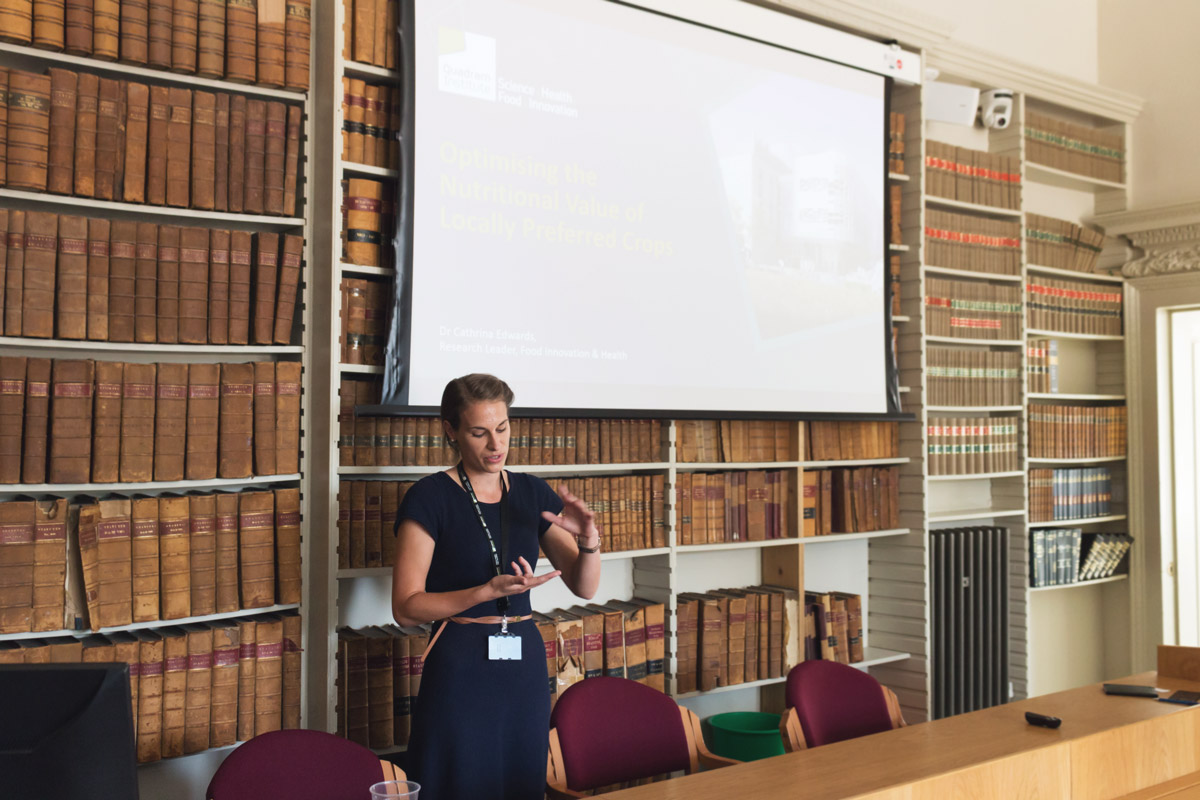
A large part of this gap in understanding is around the bioaccessiblity of nutrients within the food we eat. In the UK we have seen the proliferation of a traffic light system on nutritional labelling of food but while this determines the overall quantities of nutrients, it fails to reflect the true proportion of nutrients accessible to the body for absorption.
This accessibility of nutrients in food can be increased or reduced far upstream of the consumer, through crop breeding or food processing – shifting to a crop to colon framing of nutrition.
Cathrina demonstrated how wheat milled at a finer grain drastically increased the accessibility of the starch and the metabolic response of the body. Simple differences such as these can make great differences to especially the most food insecure.
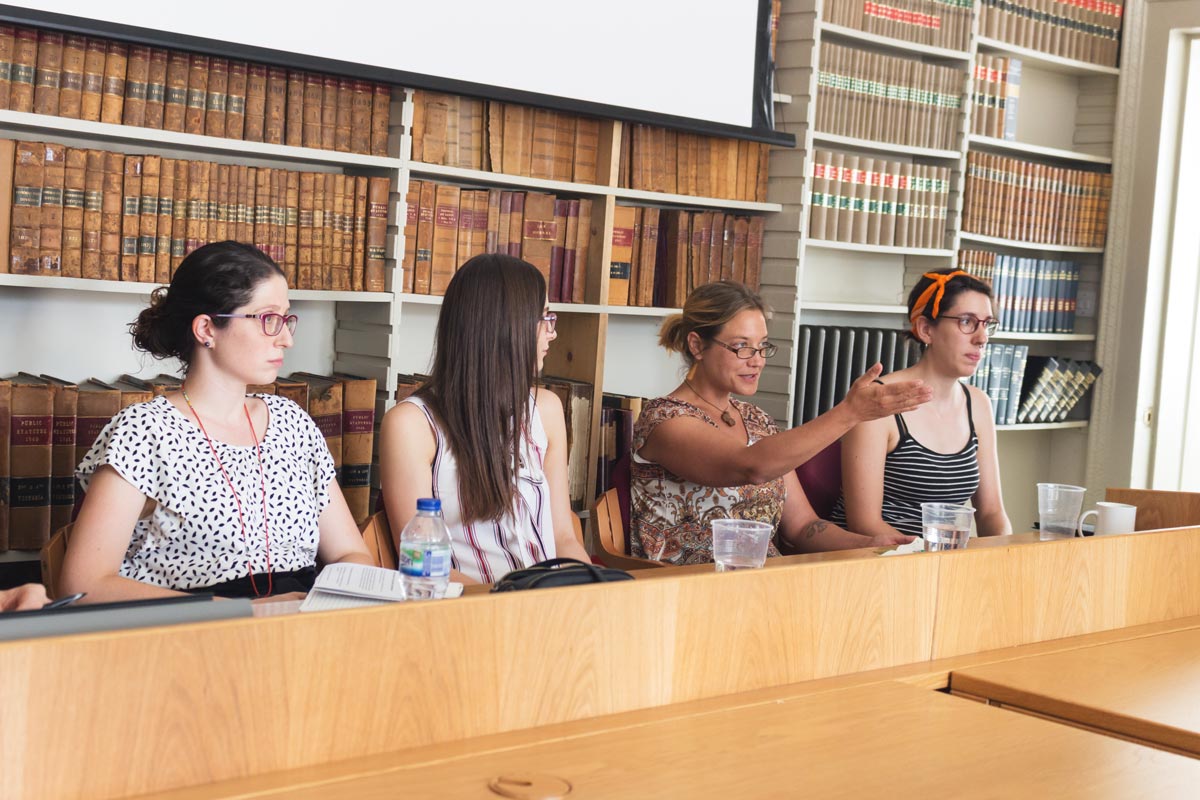
In lower and middle income countries, this balance of over and under malnutrition is a complex one. We are seeing rising levels of malnutrition in populations with genetic predispositions to non communicable diseases, such as type two diabetes, in areas with stretched health infrastructure.
Furthermore we increasing favor farming of high yielding cereal crops in place of more nutritious, locally adapted varieties. Cathrina’s recent partnering with Kenyan based, SMART Foods Campaign counters this by working with local communities to encourage evidence-based nutritional recipes from traditional crops. Future research has been proposed to investigate the effects programs like this have had on the nutritional status of the local communities.
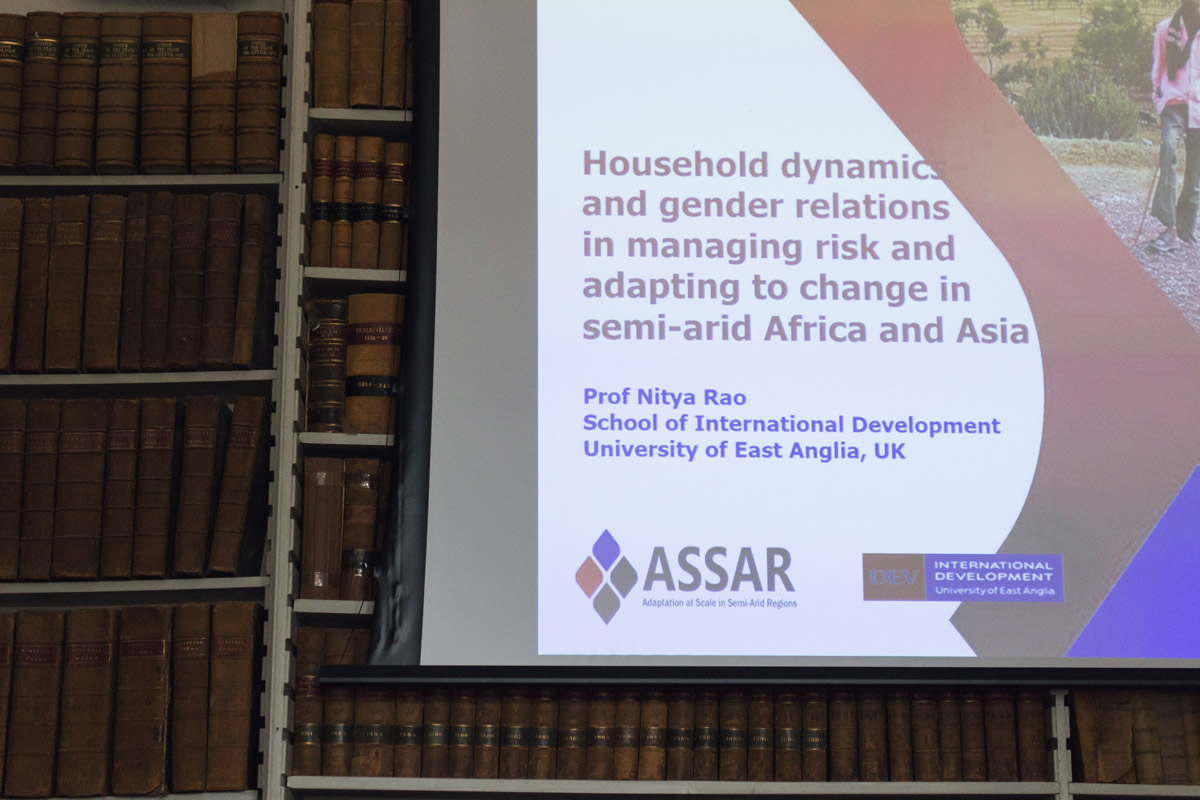
Nitya Rao concluded the presentations with her research on household dynamics in risk management in semi-arid regions. The project investigated enabling and constraining factors to effective medium term adaptation to climate shocks.
Nitya again raised the importance of ensuring shared languages across interdisciplinary research. That household responses were dynamic and differed across ecosystem services, social differentiation and with local governance. In all these instances, pathways to well being were achieved through adaptation and that health challenges are not restricted to only those on the poverty line.
Relationships around gender can provide insight into power inequalities. “We can map out who is doing what but does this map out the pinching points of who holds power?” Nitya mentioned as she showed how land control by older men was leading to disenfranchising of and the exodus of younger men. When we think of gender, we need to think also of relations across ages.
Nitya pointed out also that in times of stress, gender roles are more flexible, resulting in a mixing of roles and stereotypes. While we must strive to ensure development research is gender responsive, we must also consider that women and men are not homogenous categories that differ across age, class, ethnicity and marital status.
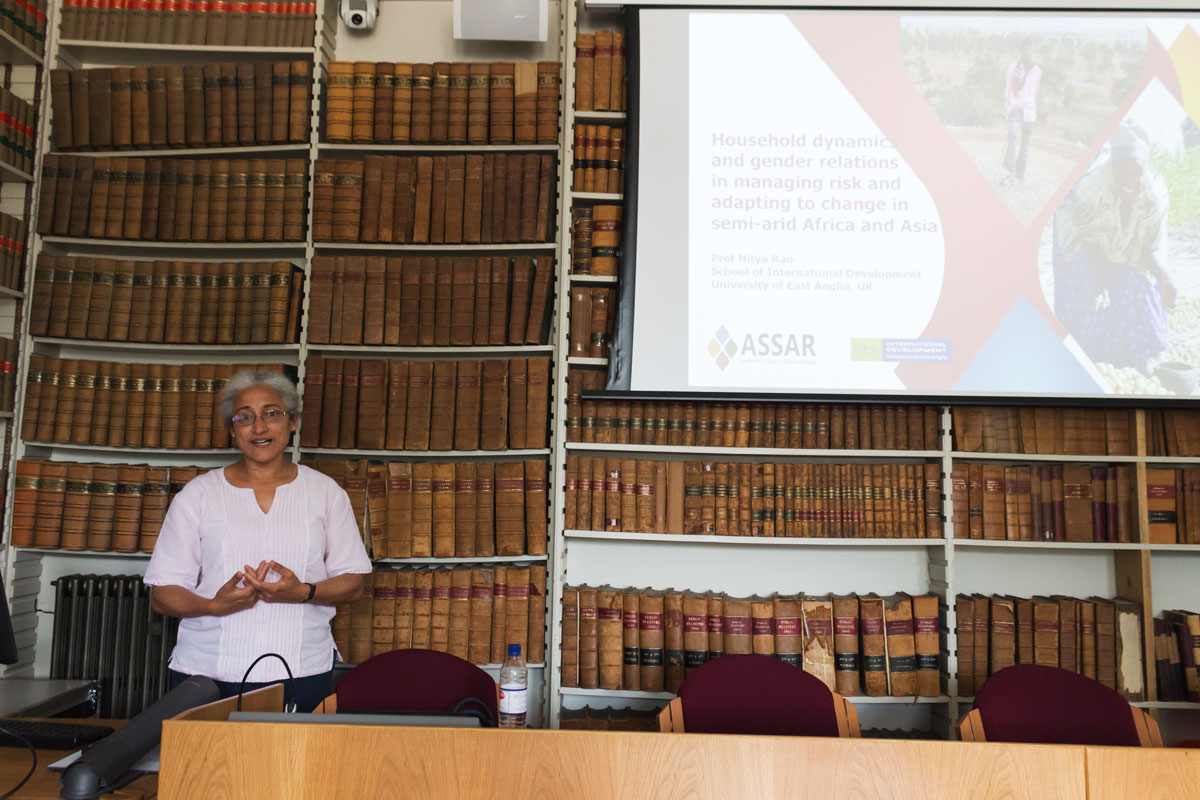
With the closing on Nitya’s presentation, the symposium finished with the announcing of a new student driven society to assist in interdisciplinary collaboration. The new society aims to ensure ongoing seminars, consultancy on cross disciplinary project proposals and collaborative engagement.
If we are to speak the same language when it comes to addressing humanitarian challenges, the conversations such as these events are crucial. With growing research funding calling for interdisciplinary partnerships, the importance and opportunity for ongoing cross disciplinary action has rarely been greater.
I was really happy to see people from different institutions and disciplines coming together and sharing their different perspectives.
– Alice Dore, Symposium Organiser
Updates of upcoming seminars and reports will continue to be posted here. or any further information, please contact matt.heaton@jic.ac.uk


